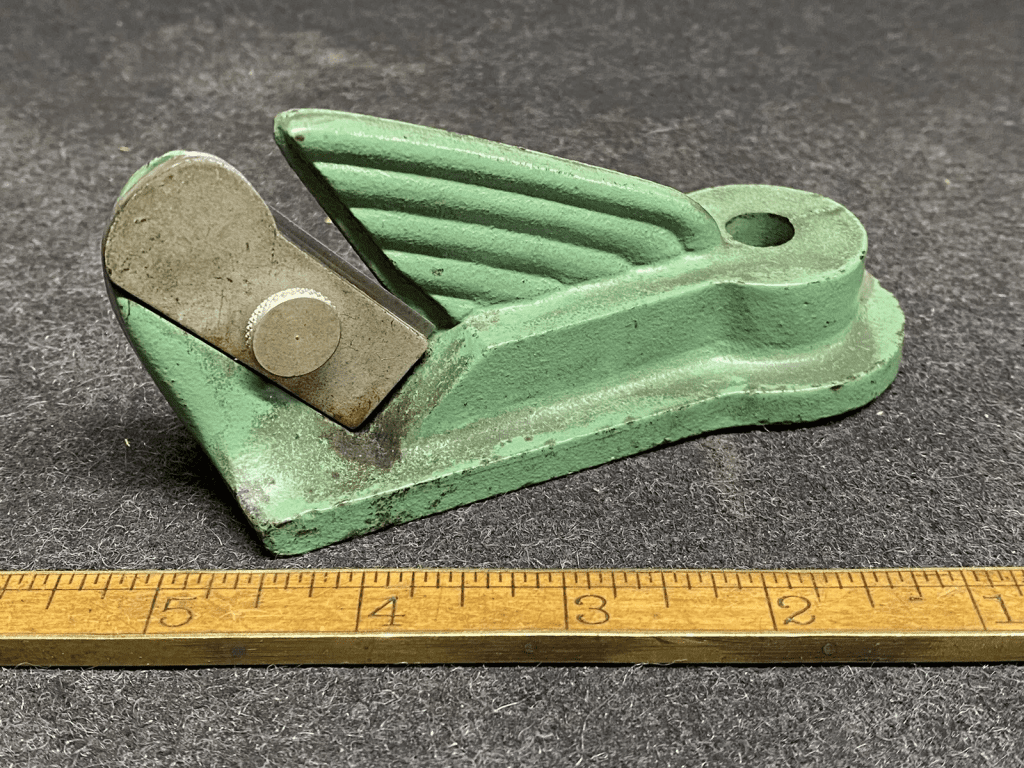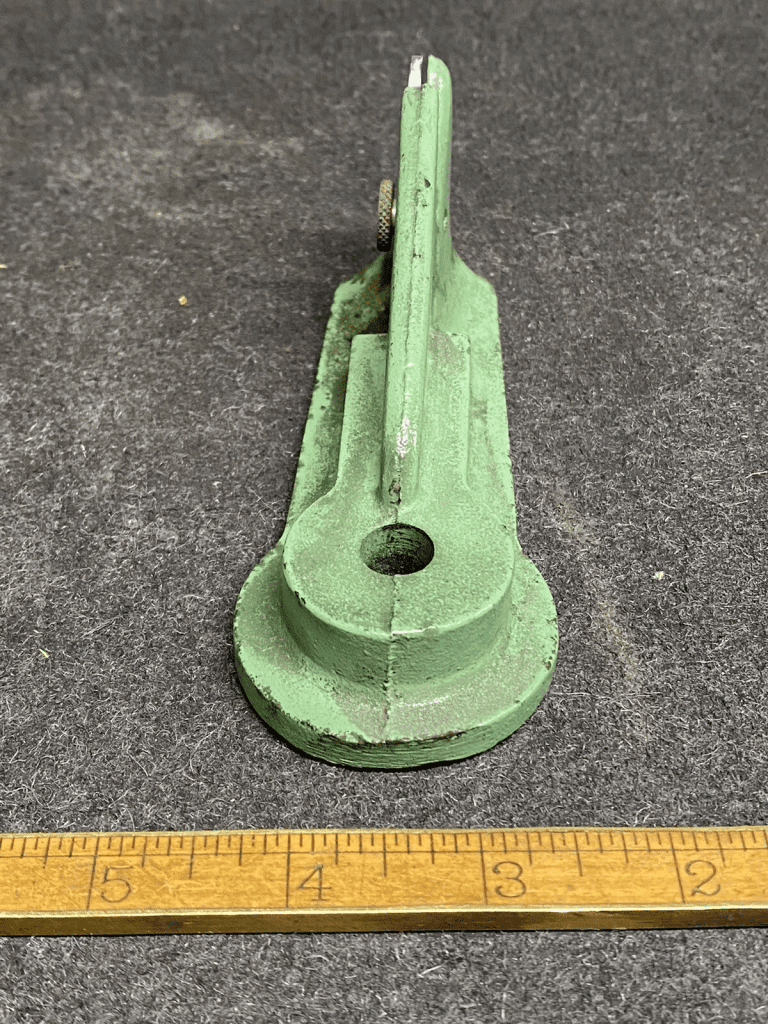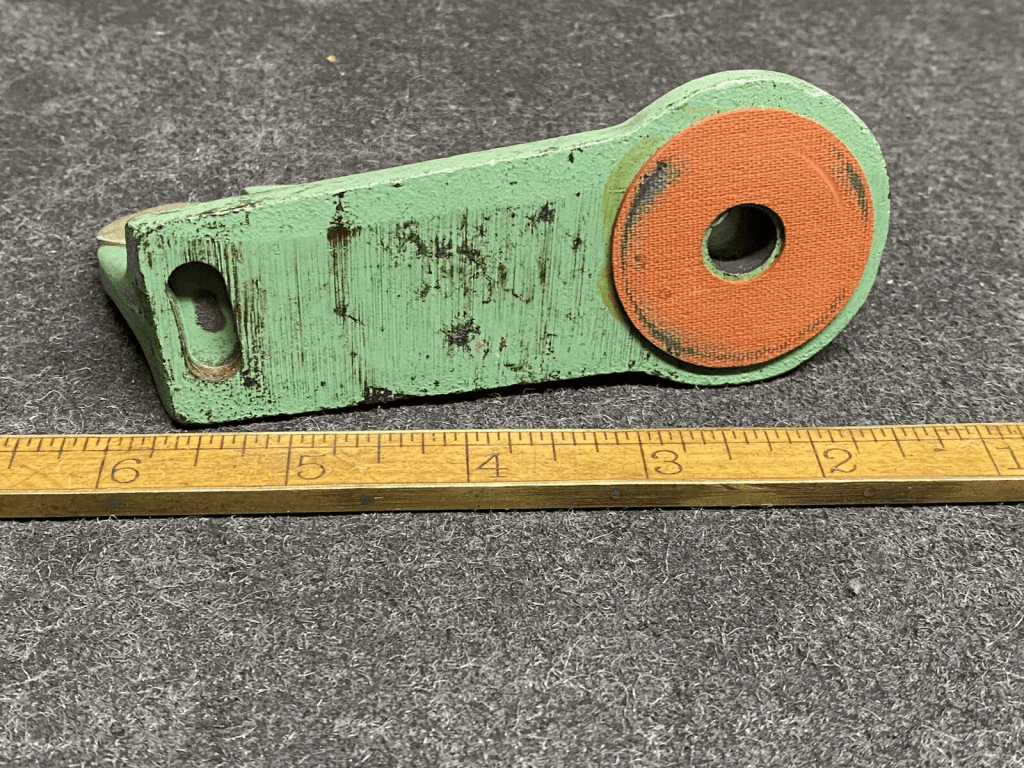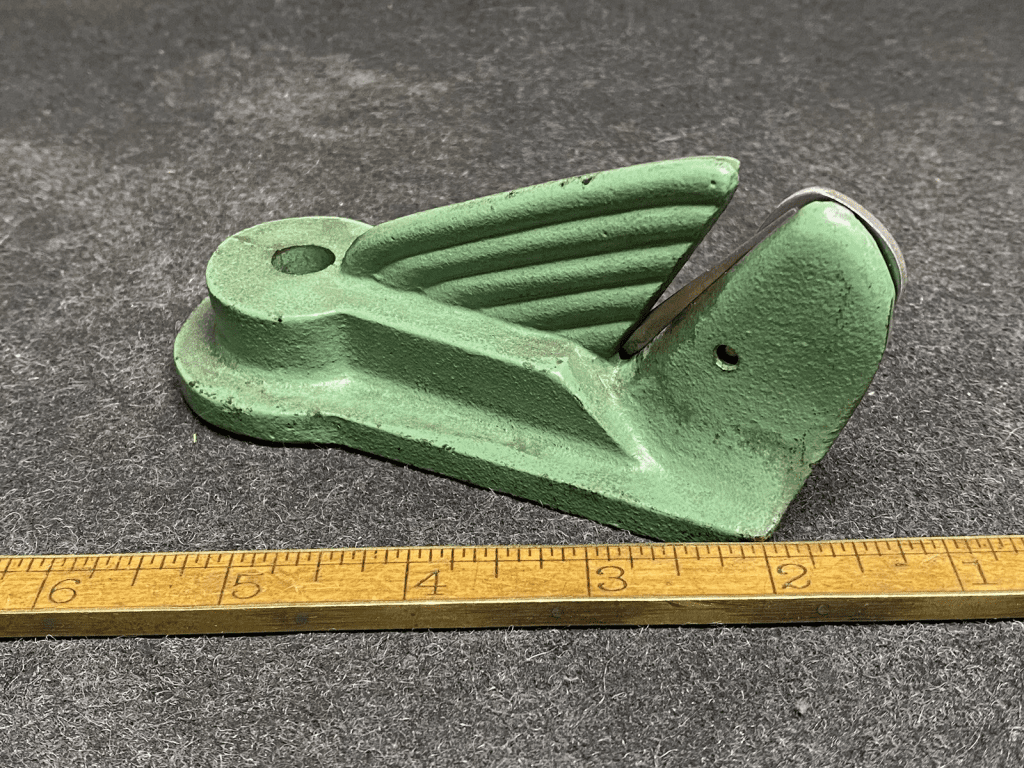In the intricate world of leatherworking, few tools hold as much prestige and historical significance as the vintage Leather Strap Cutter. This cast iron marvel is celebrated not only for its durability and precision but also for its rich history that has left an indelible mark on the craft. As leatherworking has evolved over the centuries, the Leather Strap Cutter has remained a steadfast companion for artisans, embodying a legacy of excellence and tradition. Let’s delve into the evolution, usage, and enduring impact of this iconic tool.
A Glimpse into the History of the Leather Strap Cutter

The story of the Leather Strap Cutter begins in the late 19th century, during a time when leatherworking was becoming increasingly important due to the demands of the industrial revolution. As the need for leather goods grew, so did the need for tools that could enhance productivity and precision. Enter the cast iron Leather Strap Cutter, a tool designed to cut leather strips with unparalleled consistency and clean edges.
Crafted from robust cast iron, the Leather Strap Cutter quickly became an essential tool in leather workshops. Its solid construction not only ensured longevity but also provided the stability needed for precise cuts. This tool was a game-changer for leatherworkers, allowing them to produce high-quality leather straps, belts, and other items with a level of accuracy that was previously difficult to achieve.
Understanding the Usage of the Leather Strap Cutter
At its core, the primary function of the Leather Strap Cutter is to cut leather into uniform strips, a task that is crucial for creating a variety of leather goods. The tool’s design features a sharp, adjustable blade that allows artisans to customize the width of the leather strips according to the specific requirements of their projects.
Using the Leather Strap Cutter is a straightforward yet meticulous process. The craftsman begins by feeding a piece of leather through the tool, guiding it carefully as the blade makes a clean, precise cut. The cast iron frame of the cutter provides stability, minimizing vibrations and ensuring that the leather strips are consistently sized. This precision is vital in leatherworking, where the quality of the final product often hinges on the uniformity of its components.
The Role of the Leather Strap Cutter in Leathercraft

The introduction of the Leather Strap Cutter revolutionized leatherworking, making it easier for craftsmen to achieve high standards of precision and efficiency. Before the advent of this tool, cutting leather strips was a time-consuming and labor-intensive task that required a high level of skill. The Leather Strap Cutter simplified this process, allowing artisans to produce leather goods more quickly without sacrificing quality.
This tool also played a significant role in the standardization of leather products. With the ability to produce uniform leather strips, craftsmen could create items that met consistent quality standards, which was particularly important as leather goods became more widely available and commercially produced.
The Evolution of the Leather Strap Cutter Over Time
While the basic design of the Leather Strap Cutter has remained largely unchanged, the tool has seen some refinements over the years. Modern versions of the cutter often incorporate advanced materials and ergonomic designs, making them easier to use and more durable. However, the vintage cast iron models continue to be highly valued by leatherworkers for their reliability and historical significance.
These vintage cutters are often sought after by collectors and artisans who appreciate the craftsmanship and durability of tools from this era. Despite the availability of modern alternatives, many leatherworkers still prefer the vintage Leather Strap Cutter for its ability to produce high-quality results and its connection to the traditions of the craft.
The Legacy of the Vintage Leather Strap Cutter in Contemporary Crafting

Today, the legacy of the vintage Leather Strap Cutter is evident in the continued use and appreciation of this tool by modern leatherworkers. While technology has introduced new methods and tools for cutting leather, the Leather Strap Cutter remains a popular choice for those who value traditional techniques and the craftsmanship of earlier generations.
The tool’s enduring popularity is a testament to its effectiveness and the high standards it helps artisans achieve. For many leatherworkers, using a vintage Leather Strap Cutter is a way to connect with the history of their craft and maintain the traditions that have been passed down through generations.
The Vintage Leather Strap Cutter as a Collector’s Item

Beyond its practical use, the vintage Leather Strap Cutter has also become a coveted item among collectors. Its historical significance and the craftsmanship involved in its production make it a valuable piece for those interested in the history of leatherworking and industrial tools. Collectors often seek out these tools not only for their functional value but also as artifacts that represent a bygone era of craftsmanship and industry.
Why the Leather Strap Cutter Remains Relevant Today
In an age where mass production and automation dominate many industries, the Leather Strap Cutter stands out as a symbol of the enduring value of traditional craftsmanship. For leatherworkers, using this tool is not just about achieving precision—it’s about maintaining a connection to the artisanal roots of their craft. The Leather Strap Cutter represents a commitment to quality and attention to detail, qualities that are increasingly rare in today’s fast-paced world.
Conclusion: The Enduring Influence of the Vintage Leather Strap Cutter
The vintage Leather Strap Cutter is more than just a tool; it is a symbol of the rich history and enduring craftsmanship in leatherworking. While modern tools may offer convenience, the Leather Strap Cutter remains a favorite among artisans for its reliability, precision, and connection to the past. Whether used in a workshop or displayed as a collector’s item, this iconic tool continues to inspire and uphold the traditions of leatherworking, proving that some things never go out of style.